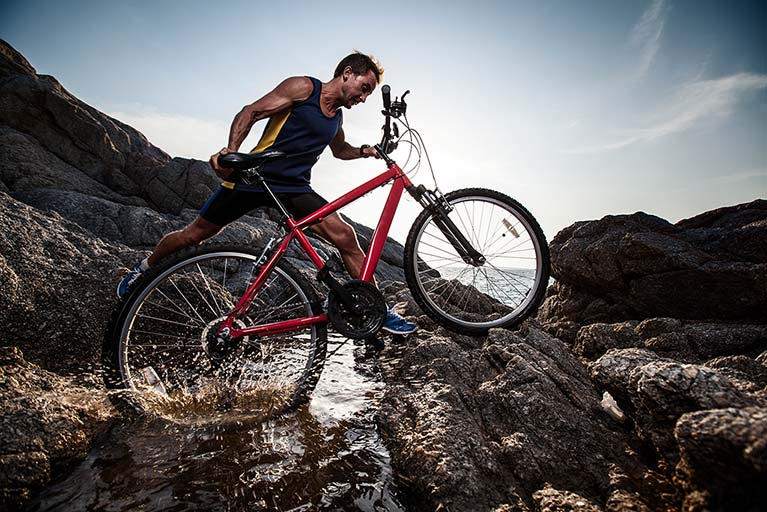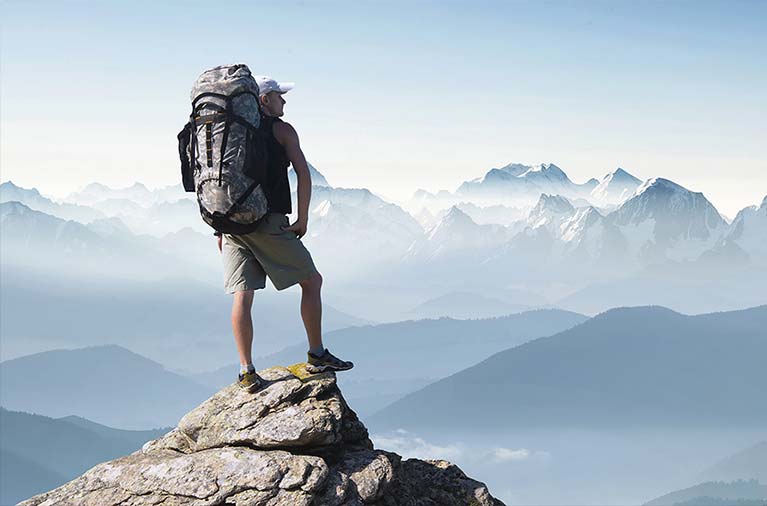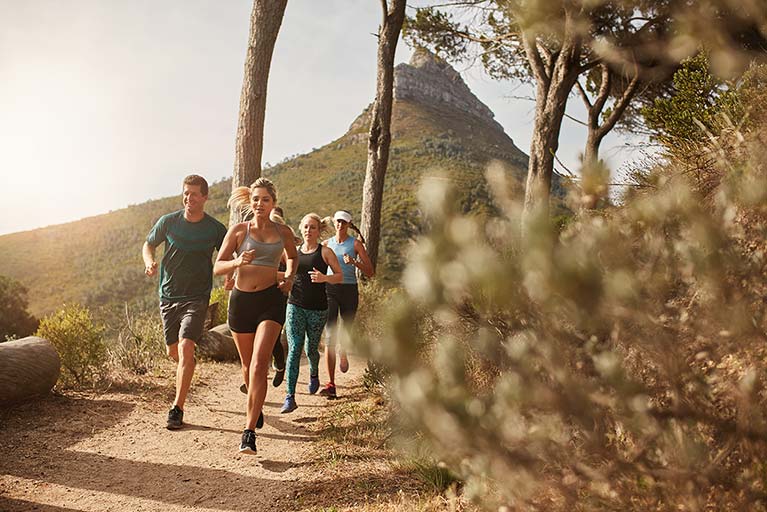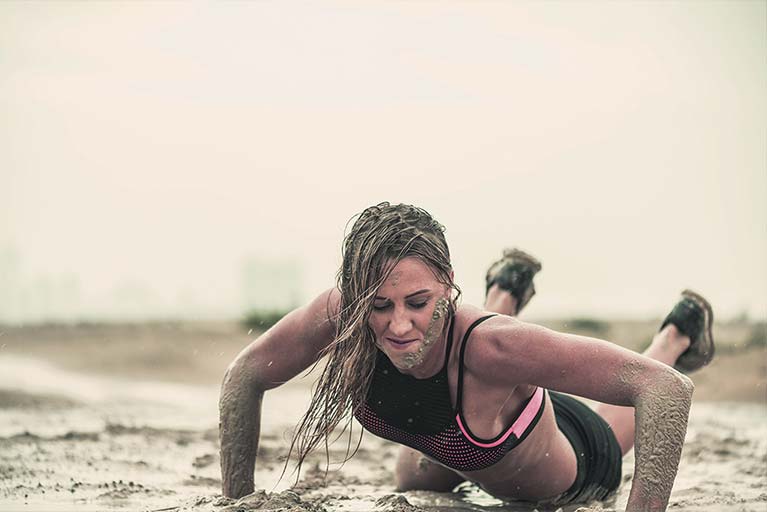About
PTFE NanoGLIDE® Technology

What heat cycle occurs to challenge the human body during physical activity for thermoregulation?
The letter diagram below shows the process in which the body heats up and creates moisture which leads to abrasion, perspiration, chafing, and skin injury during physical activity.
A
Exertion Creates Heat
B
Heat Causes Moisture
C
Heat + Moisture + Motion Causes Friction
D
Heat + Moisture + Motion + Friction = Abrasion, Perspiration, Chafing and Skin Injury

How does the human body regulate temperature?
Humans are Homeotherms. In humans and other mammals, temperature regulation represents the balance between heat production from metabolic sources and heat loss from evaporation (perspiration) and the processes of friction, radiation, convection, and conduction.
Read MoreThe body regulates temperature like a furnace! It is constantly producing heat and then dispersing it through various processes.
Heat can be lost or gained through the processes of (FRECC) Friction, Radiation, Evaporation, Conduction, and Convection.
Friction heat is the flow of energy between the skin and surrounding material due to a temperature change.
The heat loss during drying of a wet garment and the time to dry are determined by the coefficient of friction and the quantity of water absorbed by the material and the thickness of the material to the skin surface.
Conduction is the process of losing heat through physical contact with another object or body. For example, if you were to sit on a metal chair, the heat from your body would transfer to the cold metal chair.
Convection is the process of losing heat through the movement of air or water molecules across the skin. The use of a fan to cool off the body is one example of convection. The amount of heat loss from convection is dependent upon the airflow or in aquatic exercise, the water flow over the skin.
Radiation is a form of heat loss through infrared rays. This involves the transfer of heat from one object to another, with no physical contact involved. For example, the sun transfers heat to the earth through radiation.
Evaporation is the process of losing heat through the conversion of water to gas (evaporation of sweat). The primary heat loss process for aqua enthusiasts is convection. However, in an outdoor pool on a hot day, evaporation will also play a primary role in heat loss.
Before you start a 100 mile race, make sure you have the right gear made with NanoGLIDE®
The Problem
Any Physical Activity Generates Both Friction & Sweat

Do Most Moisture Wicking Fabrics Work to Address Both Friction and Sweat?
Traditional functional undergarments (or socks) have never addressed heat flow from the skin through the clothing when the clothing is wet, and the coefficient of friction is higher.

Water or sweat has its pro's and con's
On one hand, it helps cool the body in warmer weather to keep the optimal body temperature at 37 C, but it also increases the co-efficient of friction on the skin surface and the contact area of the fabric to the skin in “any weather” (when your clothes are wet, they stick to your skin).
The manufacturers of wicking garments claim their products deliver great wicking performance. That is not necessarily so—wicking claims are like breathability claims. There can be a wide gap in wicking performance of different fabrics just like there can be a wide range of breathability performance. What about friction? How many manufacturing mills or brands evaluate both friction and moisture management before making a product or evaluate the product with third-party testing before that product becomes available in the market is often a mystery at best?
